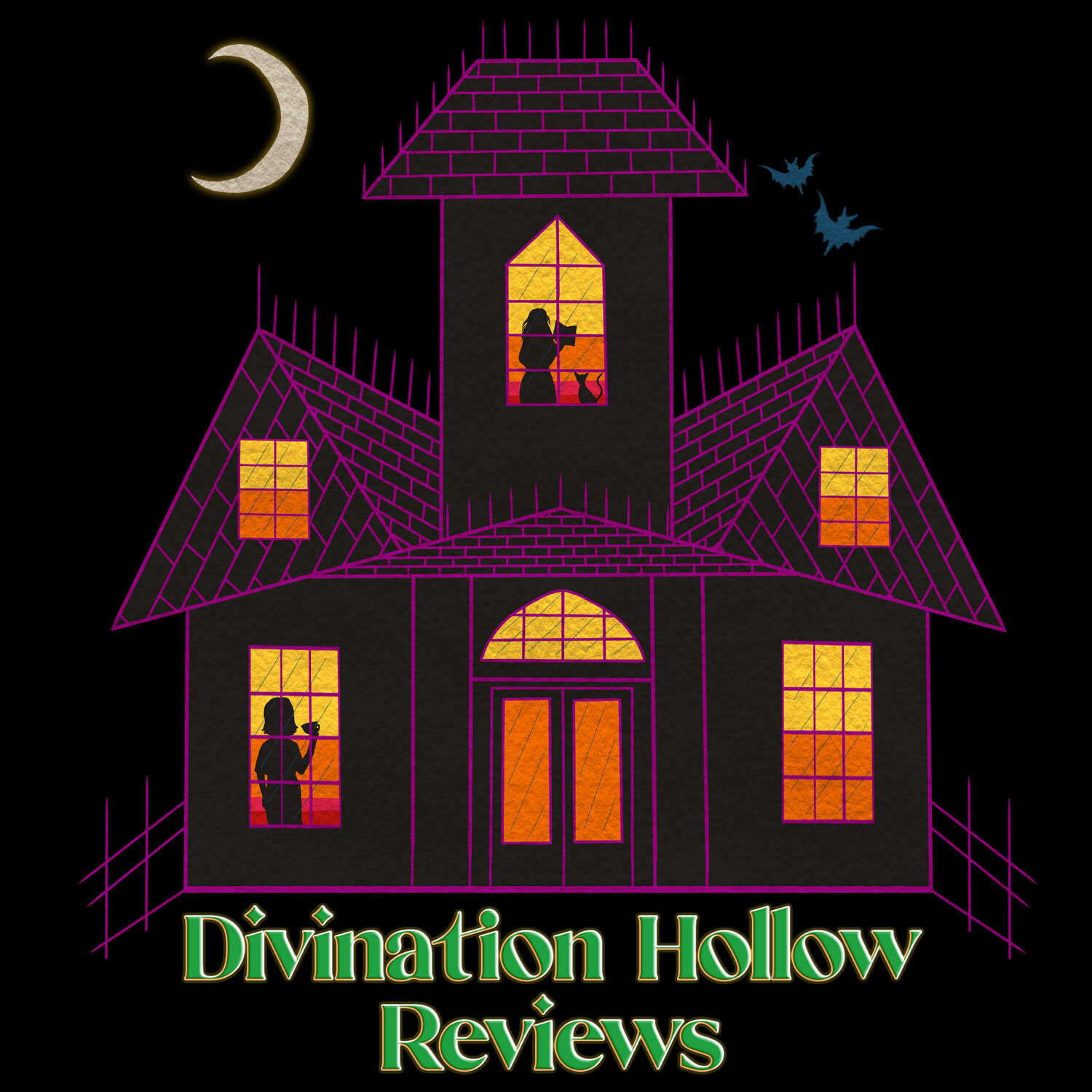My First Krampusnacht
My First Krampusnacht
I was 18 when I arrived in Austria in the fall of 1989. For the next three months, a small town nestled between the Tauern and Dachstein Mountains would be my home, and my introduction to Austrian culture and heritage.
Canadians and Americans were strongly cautioned against attempting Halloween celebrations, because most Austrians are Catholic and Halloween’s proximity to All Saints Day and All Souls Day made it offensive to devout Catholics. Since I wasn’t Catholic, I didn’t fully grasp the significance of those dates, but I respected their customs. I mention it only because I was stunned a few days later, when I was in town shopping, and saw a mask in a store. It looked like a devil mask.
This was when I first heard about the Krampus. In Austria, Krampus is an integral part of Christmas celebrations. In early December, Austrians celebrate the Feast of St. Nicholas on December 6.
The Krampus arrive the night of December 5.
“They wore animal skins and carved wooden masks, had bells tied onto their costume so that people could hear the clanking coming through the darkness, and they carried long sticks. The chains that they sometimes wear are thought to be related to the idea of the creatures being bound to their place in the underworld, while the sacks that they carry are to take very bad children away with them.
“In days gone by, the Krampus were seriously feared by smaller children, who were tossed into the sack and then dragged through the snow.” - The Krampus Tradition in Austria
1989 was a long time ago, before the internet made it possible to Google words and learn about customs. When I lived in Austria, we received 5 minutes of news in English via radio on weekdays. Although I was volunteering at the local school and spoke some German, my access to information was limited.
The people I shared a residence with were all warned to stay in on the night of December 5. We knew about the parade and the tradition of placing shoes outside your bedroom door at night.
“On the night of December 5 (in some places, the evening of Dec. 6), in small communities in Austria and the Catholic regions of Germany, a man dressed as der Heilige Nikolaus (St. Nicholas, who resembles a bishop and carries a staff) goes from house to house to bring small gifts to the children.” - The German Way
We were told if the Krampus caught us out, they’d beat us with a switch. Telling a group of young North Americans to stay put almost guarantees the opposite outcome, however. I went to the parade with friends and then went straight back to my residence, but that didn’t mean I didn’t gain some first-hand experience. I wrote in my journal:
“We could see a group of (students) running towards school, chucking firecrackers behind them. Next thing they’re all tearing into the school with the Krampus right behind them in their tractor and wagon.”
Even now, all these years later, I remember the fear of that moment. A group of young men dressed as Krampus jumped out of the truck, shouting and waving sticks. Our front door was open, and once you hit the stairs, my room was the first one you’d reach. My roommates were panicking, trying to block the door, while the rest of us watched from the front windows.
Fortunately, the only casualty was a fellow student who ended up in the compost. Some said hitting people drove away the spirit of winter, but in my experience, they were a crucial part of the Feast of St. Nicholas, and if you were naughty enough to be caught outside on December 5, you were almost guaranteed to get a spanking.
Sandra Ruttan is an author and editor, and the founder of Dark Dispatch. Dark Dispatch will publish The Dead Inside, an identity horror anthology, March 1, 2022. For more information, visit https://darkdispatch.com/





